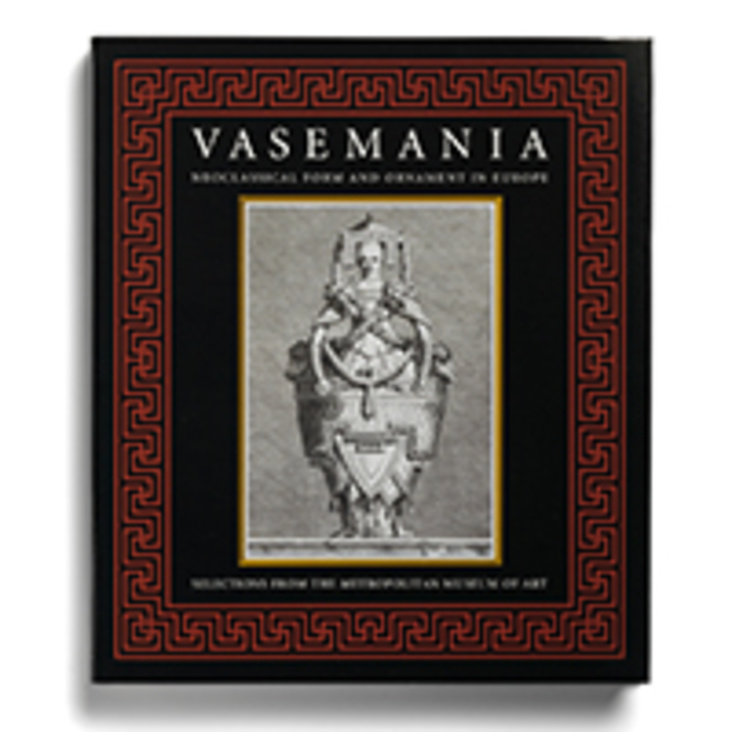Dutch New York Between East and West: The World of Margrieta van Varick
September 18, 2009 – January 24, 2010
In the autumn of 2009 the Bard Graduate Center participated in a state-wide celebration of the 400th anniversary of Henry Hudson’s voyage and the legacy of Dutch culture in New York with a landmark exhibition, Dutch New York Between East and West: The World of Margrieta van Varick. Organized by the BGC and the New-York Historical Society and curated by Marybeth De Filippis and Deborah L. Krohn, Dutch New York made a major contribution to the quadricentennial celebration and to the scholarship of colonial New York by focusing on the life and times of a woman who during the 17th century lived in the rural village of Flatbush on eastern Long Island, a neighborhood still known by that name in the borough of Brooklyn today. The exhibition helped elucidate what the historian Russell Shorto has called the “forgotten colony” (in his book The Island at the Center of the World). Indeed, the British roots of New York City are recognized far more widely than the Dutch, despite the city’s visible connections to the Dutch founders, most evident in street names such as Amsterdam Avenue and Varick Street.
Dutch New York offered an innovative approach to exhibition practice by using the probate inventory of Margrieta van Varick’s possessions, compiled in 1696, as a means of examining life and culture in colonial New York. Born in Amsterdam in 1649, Margrieta spent several years at the other end of the Dutch colonial world in the Far East, primarily in Malacca (present day Malaysia) before returning to the Netherlands with her minister husband Rudolphus. In 1686 Margrieta and her family crossed the Atlantic to settle in Flatbush where Rudolphus was minister of the Dutch Reform Church and where she opened a textile shop, having brought with them an astonishing array of Eastern and European goods.
This exhibition was organized in five sections, each delineating a theme relevant to Margrieta van Varick’s life as well as exploring the wide range of goods in her possession when she died in late 1695. The exhibition first examined the inventory as a document of historical research and curatorial practice. A digital film featured an interview with renowned historian Natalie Zemon Davis in which she considered the various challenges confronting historians who use inventories for research purposes, as well as the role of women in the 17th century.
Next, in a section called “Trading Places,” the exhibition examined the network of Dutch trading colonies in the East, particularly Malacca and Batavia (present day Jakarta, Indonesia). These are locations where Margrieta and her relatives lived and where she may have obtained some of the goods cited in the inventory. Of particular interest is the way in which Margrieta’s life parallels the history of the Netherlands during the 17th century, when an ever-expanding network of global trade and exchange fostered an expansion of wealth and culture amongst the Dutch.
Narrowing the curatorial lens to focus on the Dutch presence in North America, the exhibition subsequently considered “Dutch New York.” This section of the exhibition considered the history of the Dutch colony and the continuing strength and persistence of Dutch culture under English rule. When Margrieta van Varick arrived in 1686, New Netherland had already been New York for over two decades. The antagonisms toward the English that culminated in the Leisler Rebellion and the realities of how the Dutch preserved a distinct way of life under English rule were central to the experience of Margrieta and her family and thus provided an important frame of reference for the exhibition. Here visitors came to understand the economic and religious life of the village of Flatbush, the central role of the Dutch Reformed Church, the connections with Native Americans, and political implications of the Revolution of 1688 in England.
The fourth section of the exhibition was devoted to representations of the many goods described in the 1696 inventory—furniture, metalwork, textiles, costume, and ceramics—and to an exploration of the reasons such goods would have been in the possession of a minister’s wife and shopkeeper residing in Flatbush at that time.
In the final section, the exhibition addressed Margrieta van Varick’s legacy by focusing on her descendants, including those for whom Varick Street in downtown Manhattan and Willets Point in Queens are named. Of particular importance was the marriage in 1711 of Margrieta’s daughter Cornelia Varick to Peter van Dyck (1684–1750), the acclaimed American silversmith. This familial connection to Van Dyck introduces the possibility that Margrieta’s possessions may have had an impact on the later history of American decorative arts.
Dutch New York presented approximately 170 objects on loan from public and private collections in the United States and the Netherlands. One third of the objects came from the collection of the New-York Historical Society; other lenders included the J. Paul Getty Museum, Rijksmuseum, Amsterdams Historisch Museum, Museum of the City of New York, The Metropolitan Museum of Art, American Museum of Natural History, Brooklyn Museum, Yale University Art Gallery, and Peabody Essex Museum, among others.










.jpg,732x732,c)





























